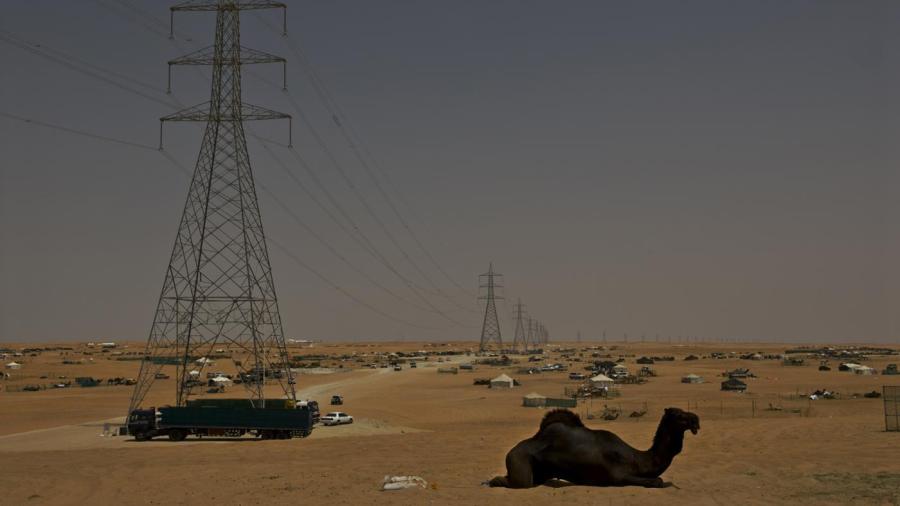What Natural Resources Are Present in the Middle East?

The Middle East is composed of several countries including Israel, Cyprus, Bahrain, Egypt, Iraq, Iran, Kuwait, Jordan, Oman, Lebanon, Saudi Arabia, United Arab Emirates, Qatar, Syria and Yemen. Collectively, these countries have a wealth of natural resources. Apart from having half of the world’s oil reserves, countries such as Israel, Oman, Qatar, Bahrain, United Arab Emirates, Yemen and Iran have natural gas reserves.
Saudi Arabia has the second largest oil reserves in the world, and Iran has the world’s largest copper reserves. Nearly all the countries in the Middle East produce and export oil and natural gas.
There are other natural resources unique to each region in the Middle East. For instance, Syria not only has oil reserves, but it also has minerals such as marble, natural crude asphalt, silica, gypsum, cement, salt and steel.
Iran has both petroleum and natural gas deposits. It also has minerals such as bauxite, iron ore, zinc, lead and coal, gold, silver, tin, aluminum and manganese. Iran also mines gemstones such as turquoise, agate, amber and lazuli.
Israel mines diamonds, while Jordan is rich in potash and phosphates. Among other natural resources found in Jordan include oil shale resources, unrefined salt, gypsum, copper and manganese ore.





